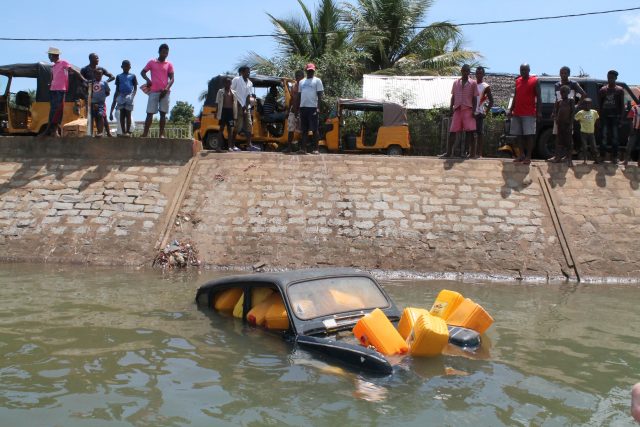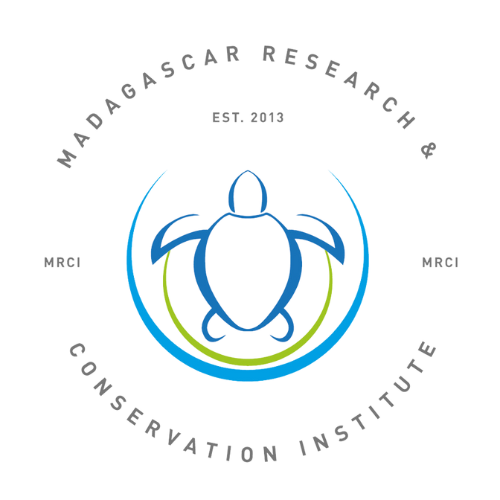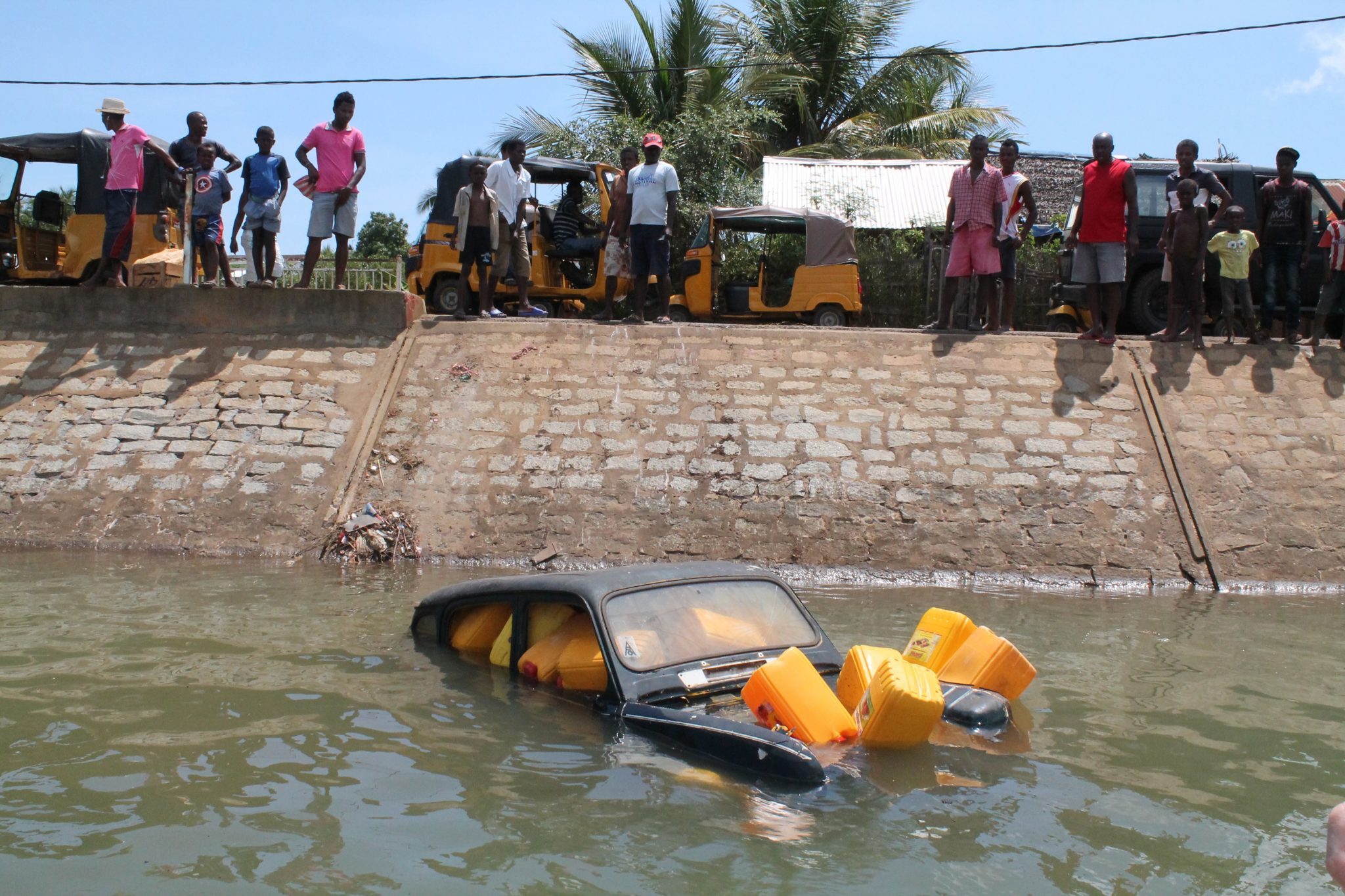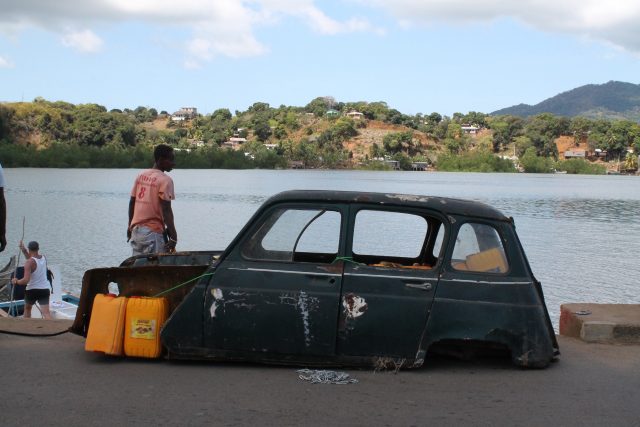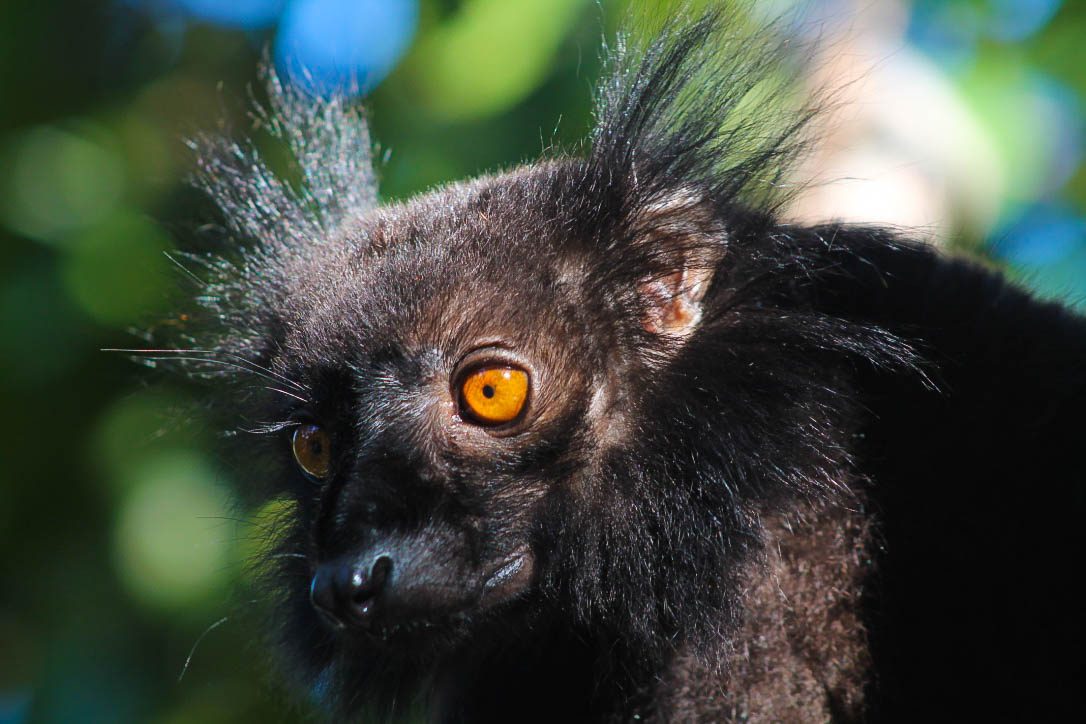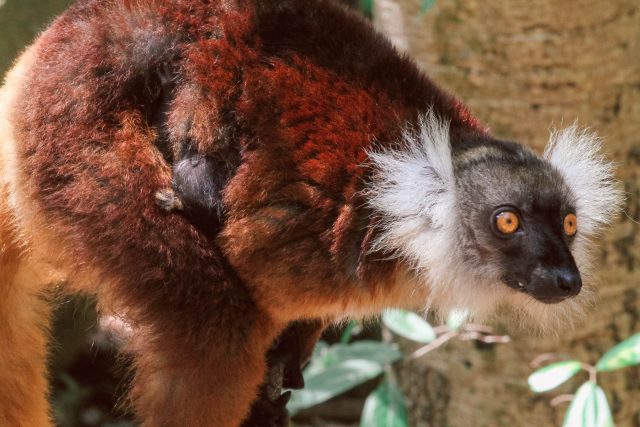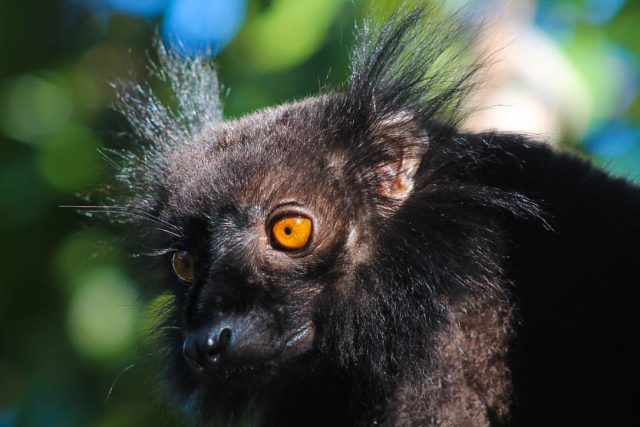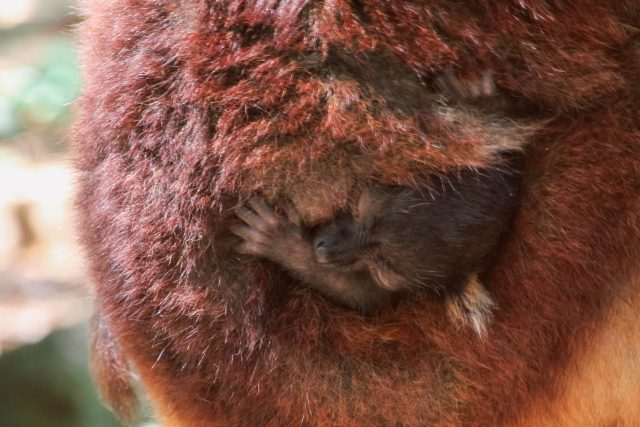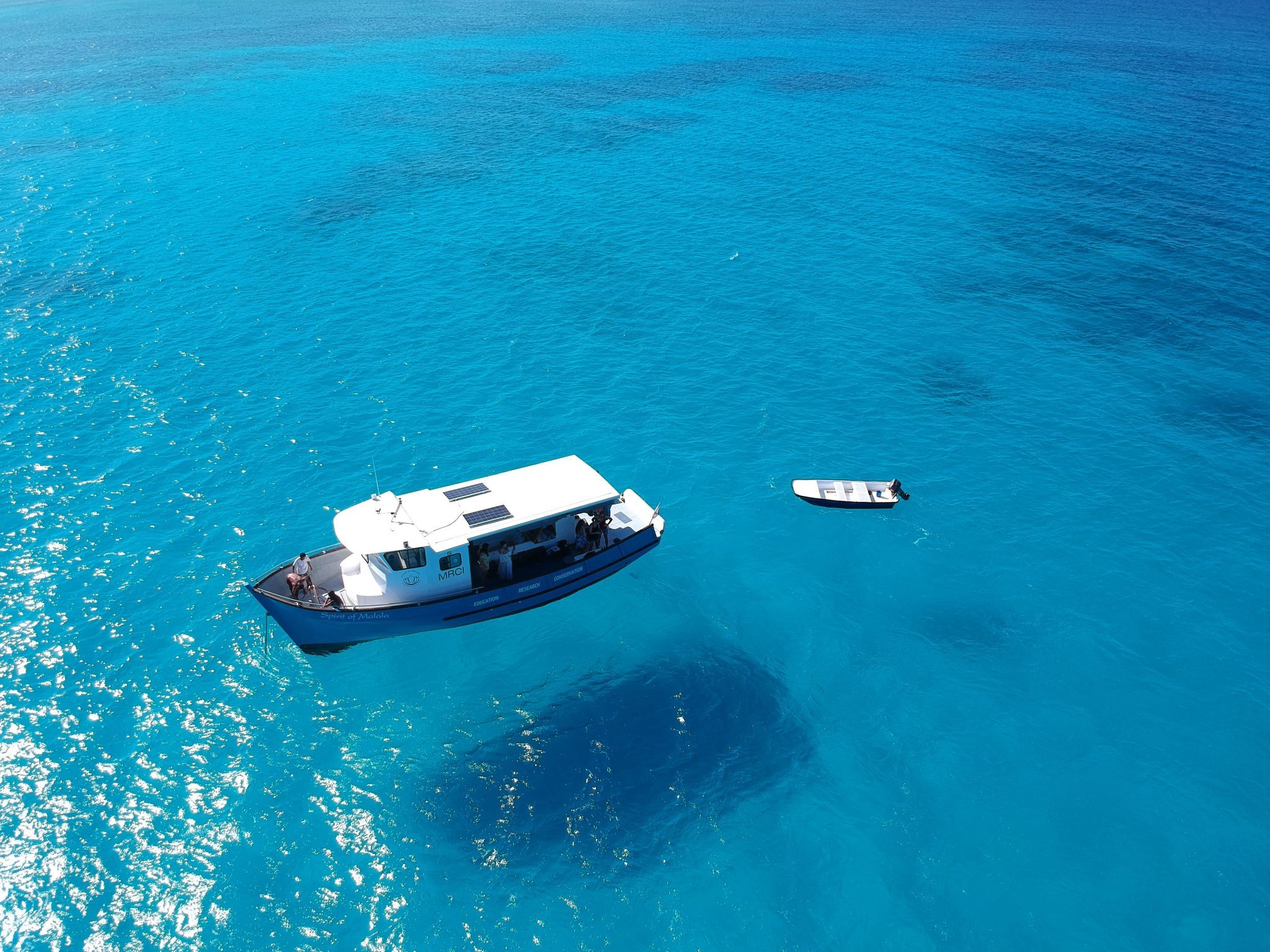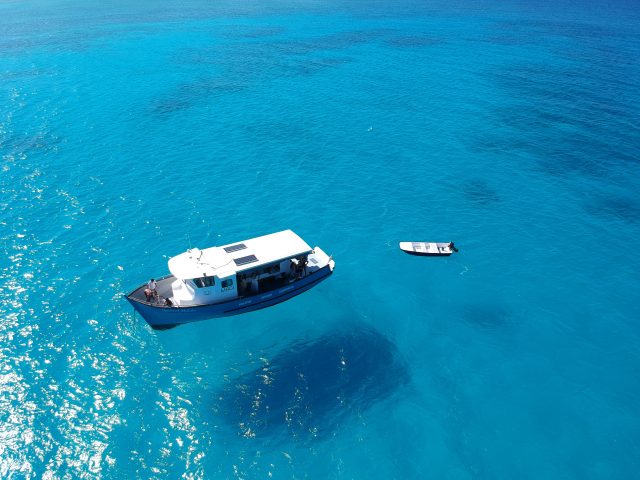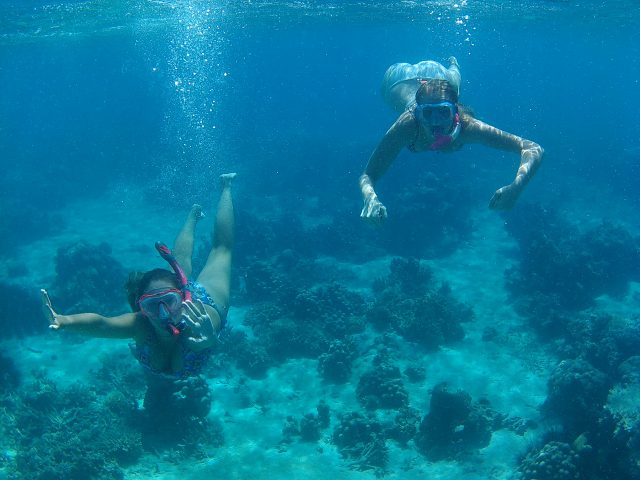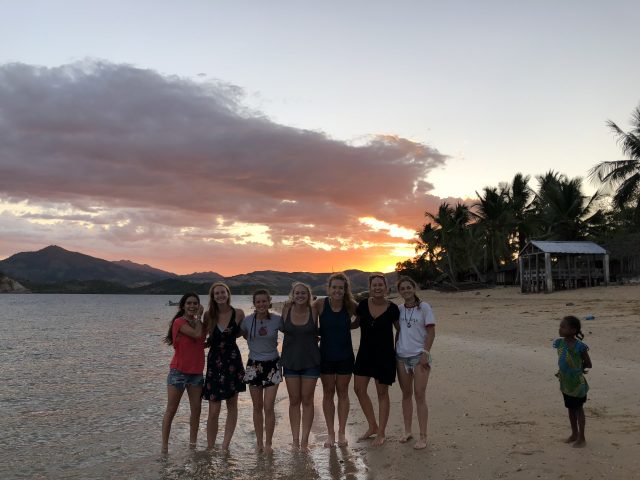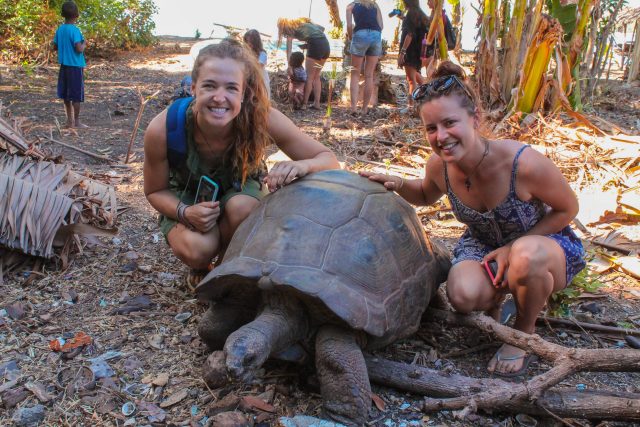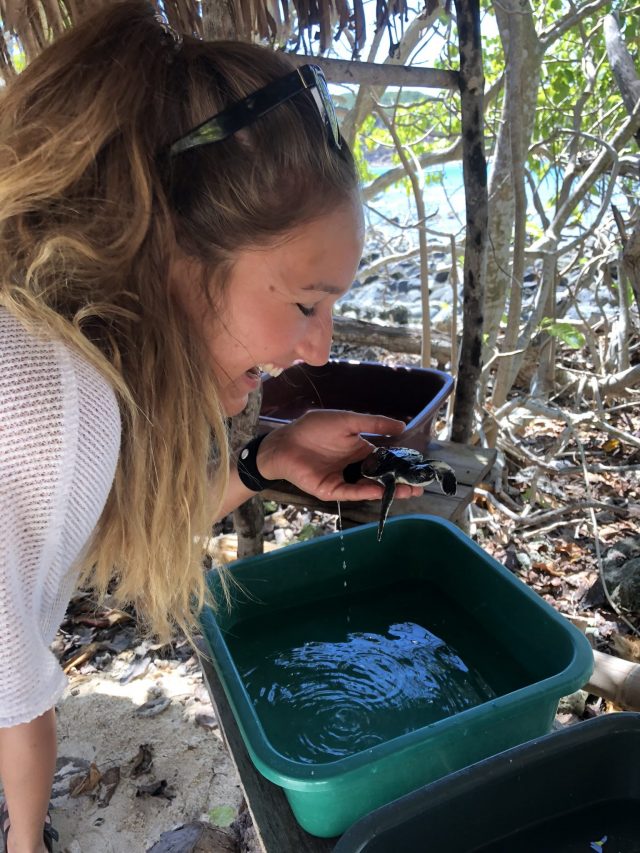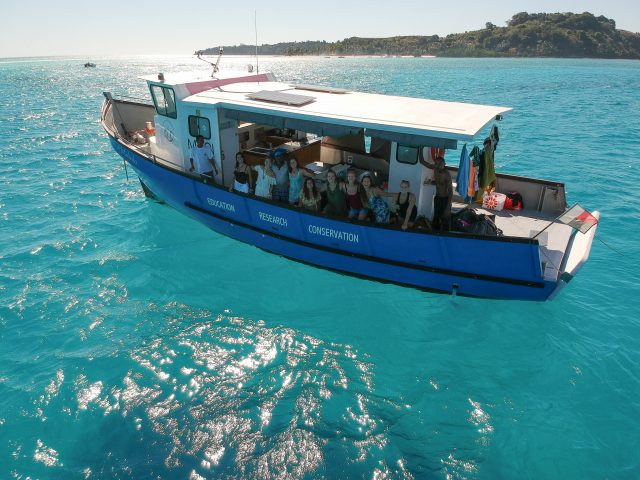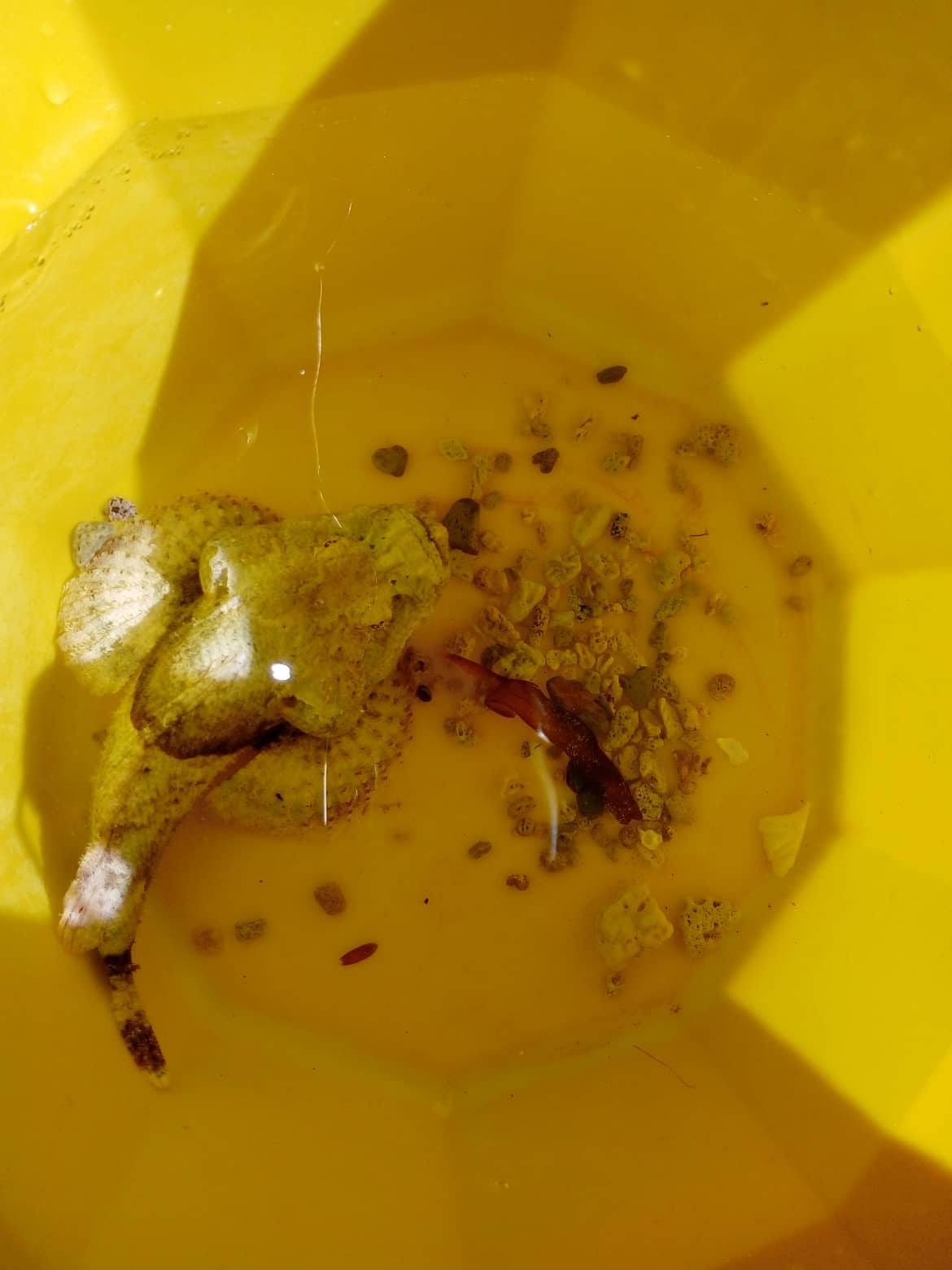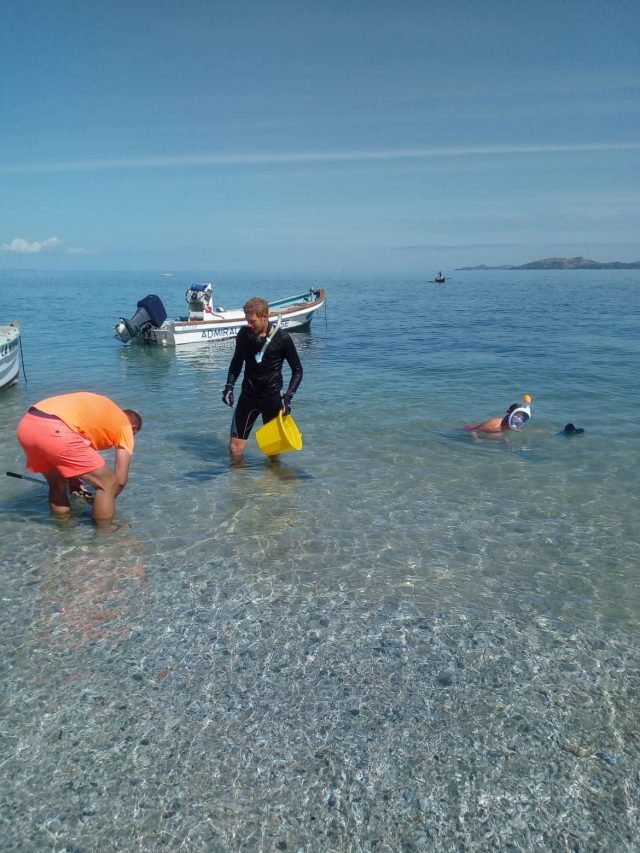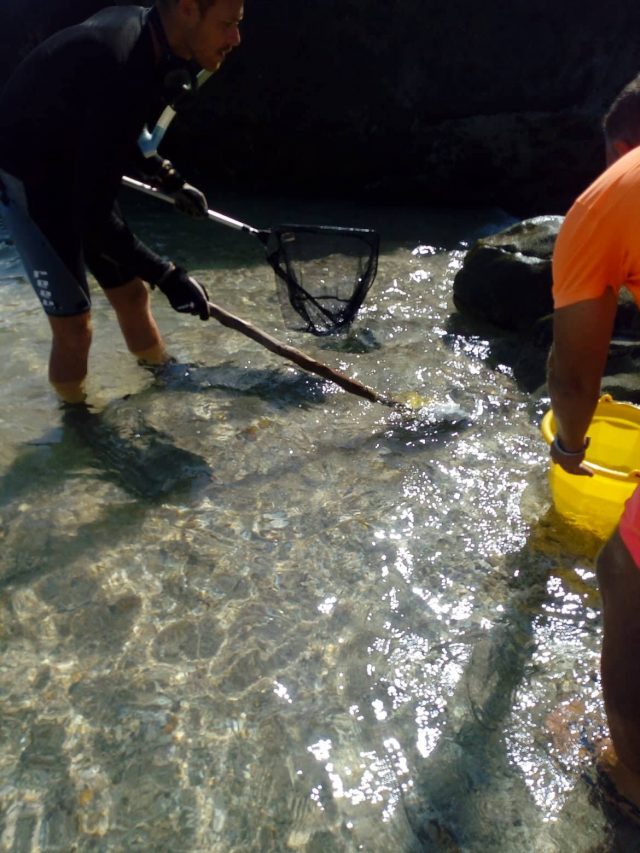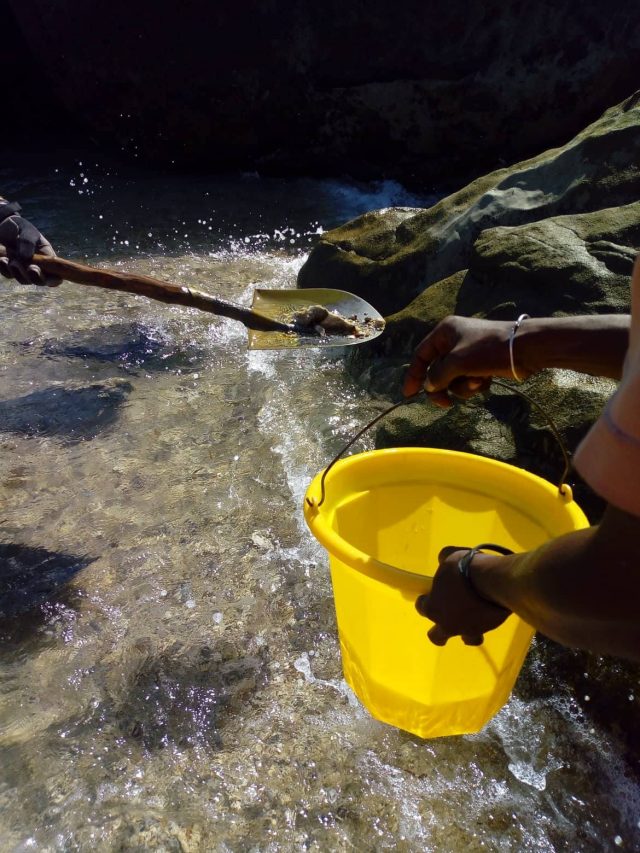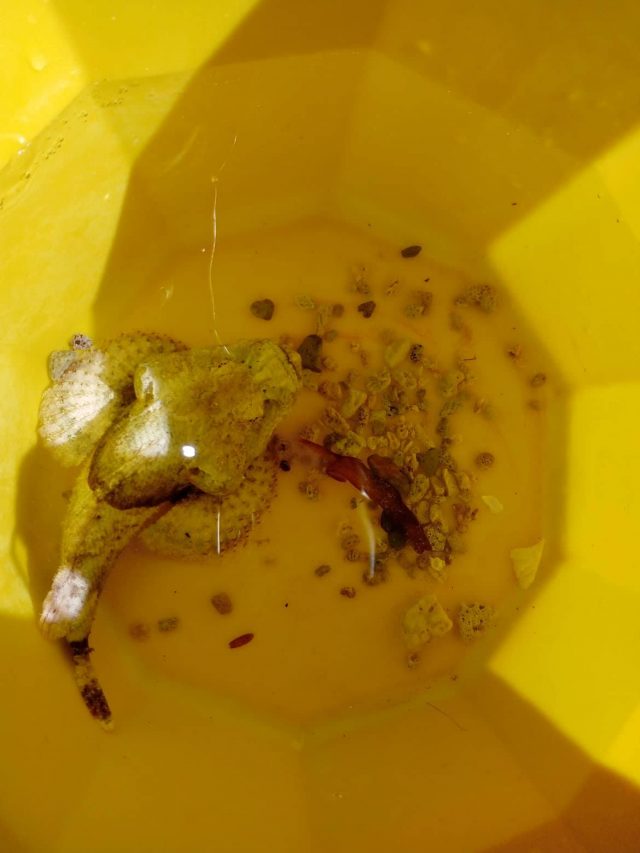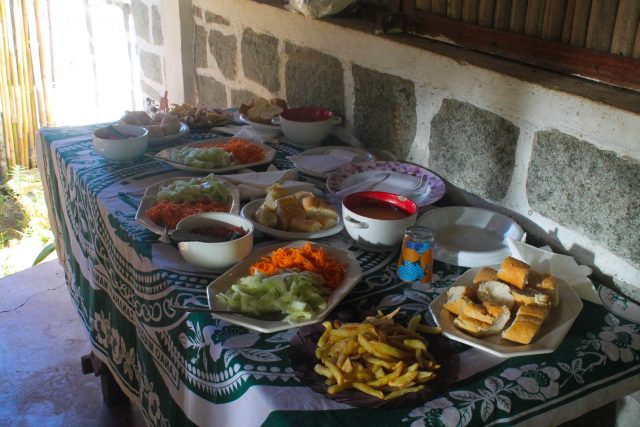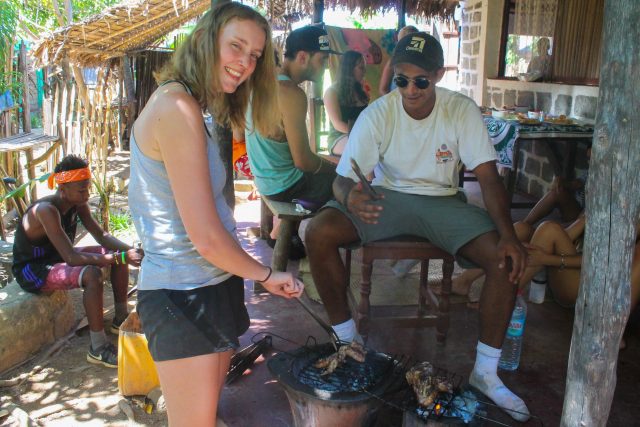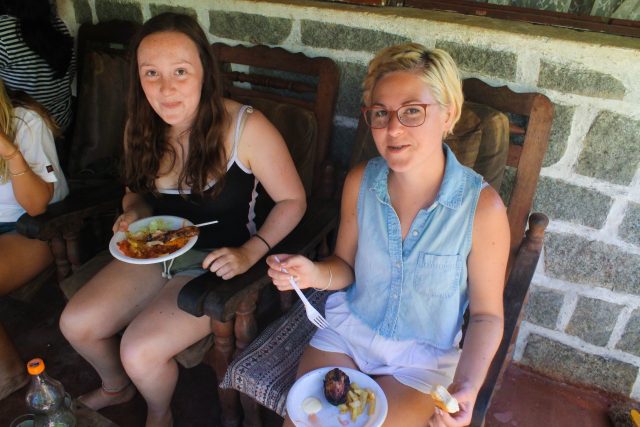Newest Artificial Reef dubbed the “Parking Lot”
Our Mariners Are Driven By Reef Conservation
This week we began work on our 6th artificial reef! The reef which we have already named “The Parking lot” gets its name from the unique structures we have sourced. MRCI has purchased 3 broken down cars which we have scraped down to their frames to sink on our home reef as our newest reef addition! The three cars will provide a large permanent structure which is intended to attract larger organisms to our reef.
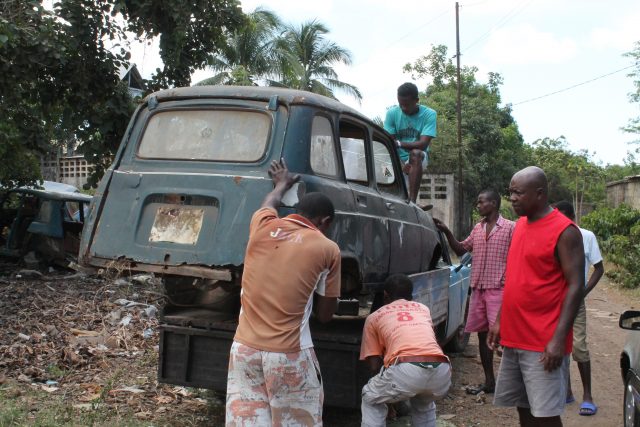
Once the cars were purchased and prepared came the difficult part, actually transporting them to Nosy Komba. Due to the fact that Nosy Komba has no roads there were no cars available for this project on our home island. Our search ended up on Nosy Be where we were able to find multiple contenders. Figuring out how to move the large metal frame across the ocean to our island lead to lots of brainstorming before we eventually came up with a plan we were confident in.
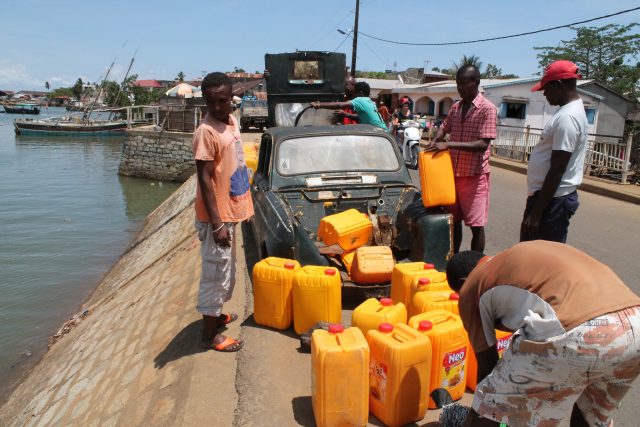
The first car was loaded onto a truck with the help of multiple local men, then it was driven to the port. Once it was off of the truck at the port we began tying 23 empty gas cans to the frame which we were hoping would act as buoyancy devices. The interior of the car was filled cans and two clusters were tied to the front of the car. The men then helped push the car down the slope into the port water then we tied it to the boat to be towed. The moment of truth was when we began to pull away from the port and pulled the car into the deeper water. It was a huge relief to see that the car did in fact float! Multiple yellow cans and the roof of the car bobbed on the surface as we slowly sailed out of the port.
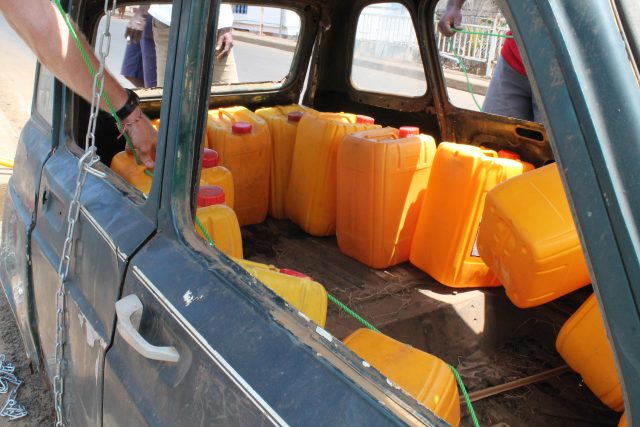
The ride to camp was 100% Mora Mora. We sailed back to Komba slow and steady with the car in tow getting a few interested on-lookers along the way! Once it was time to put the car down the cans were untied from the frame and the car was dropped down into the sand. The other two cars will be joining it soon and then work on the reef will begin! We are very excited about having these unique structures for our Volunteers to dive on that will hopefully encourage new species on our reef!
Once all the cars are transported and in place there will be lots more information to come! Be sure to be on the lookout for upcoming blogs and photos of our new parking lot!
Learn More About Our Marine Conservation Program
Follow us on Facebook and Instagram to keep up with our artificial reef projects.
